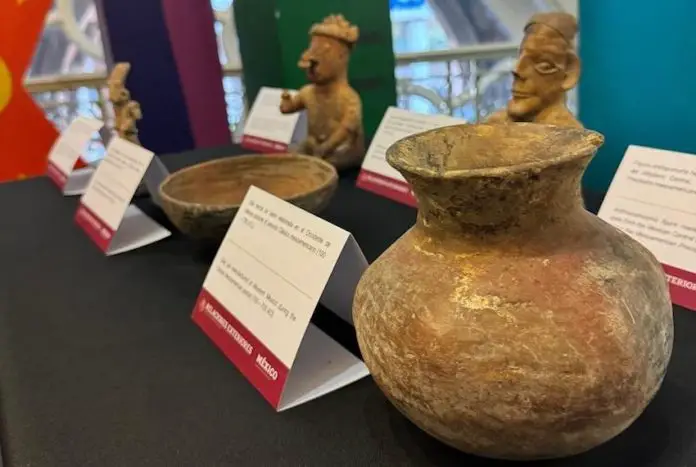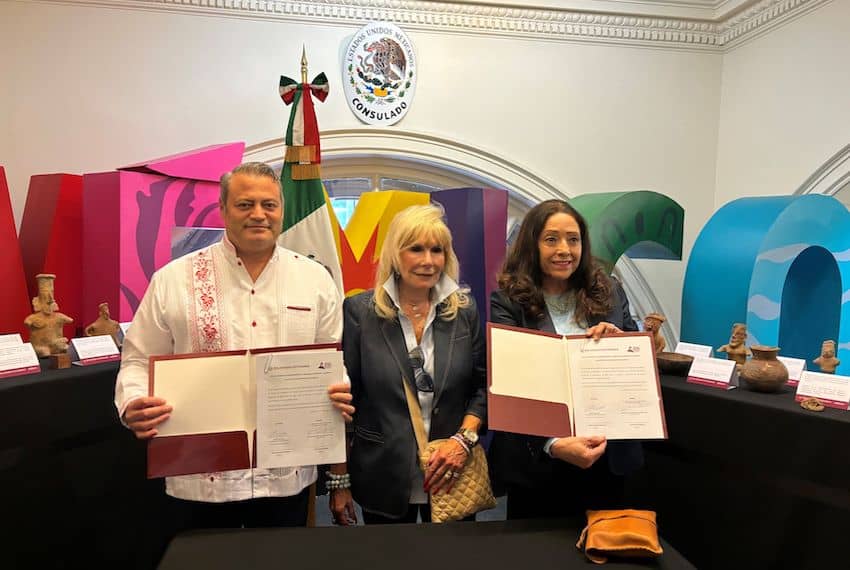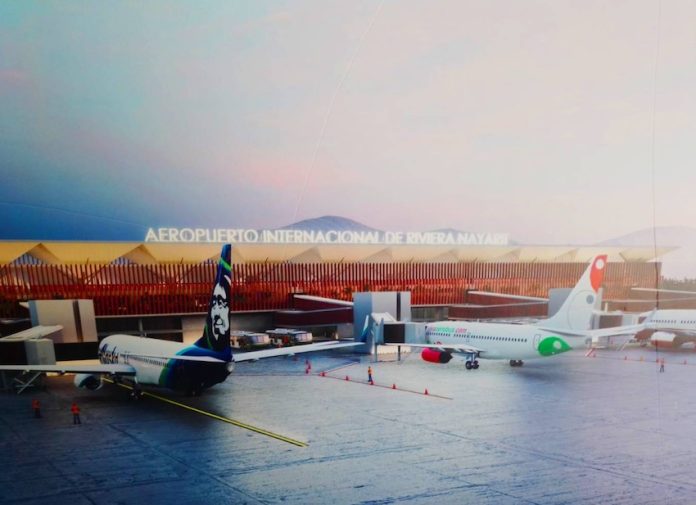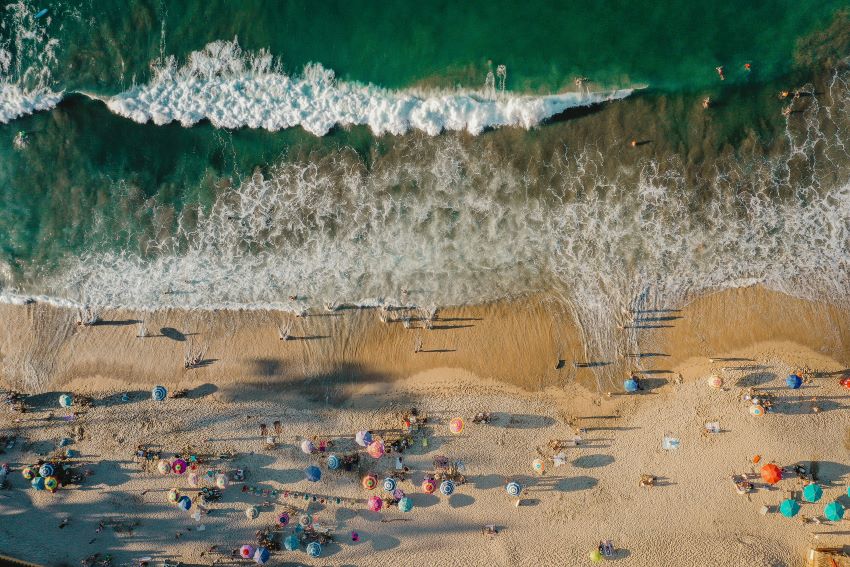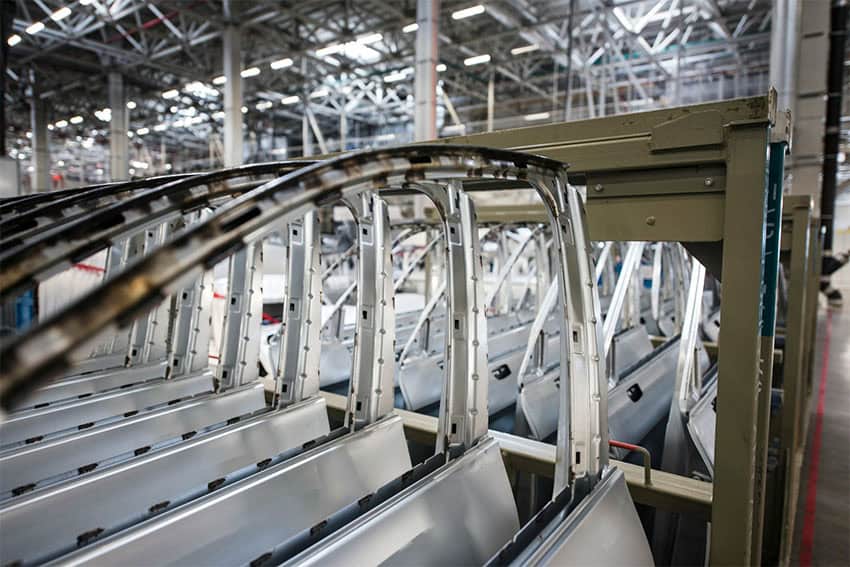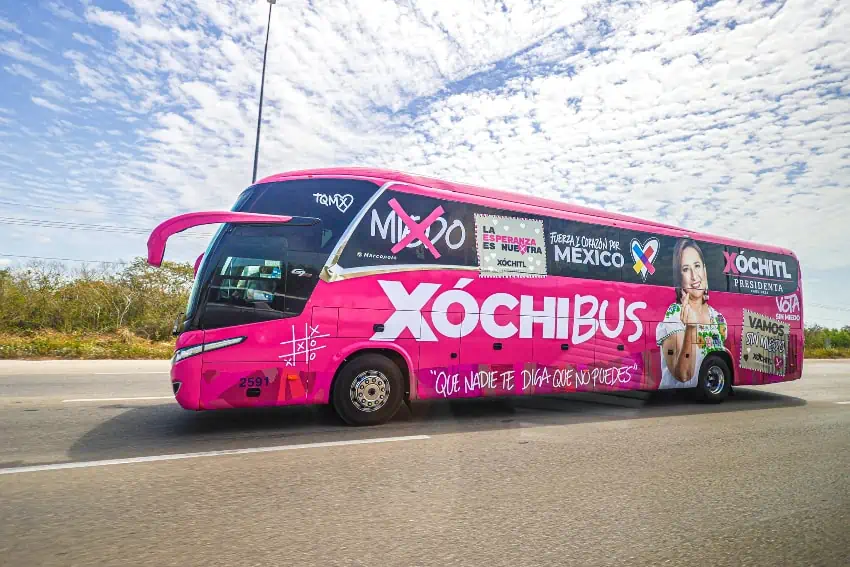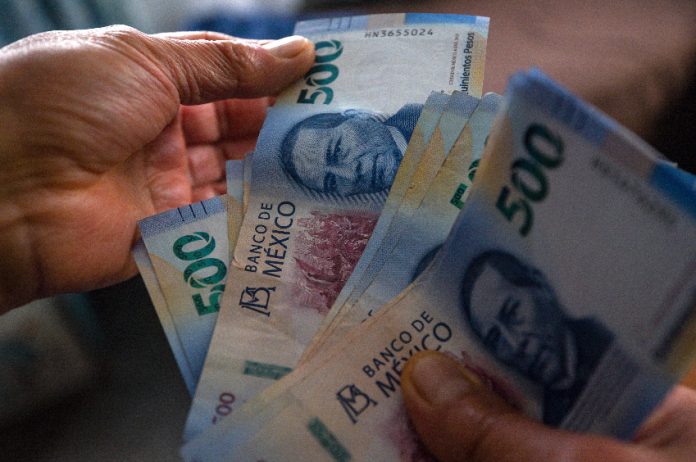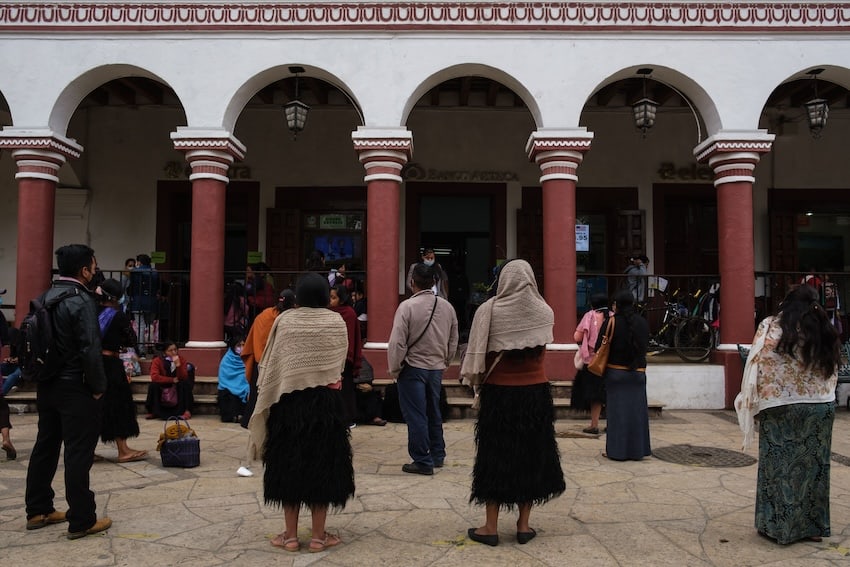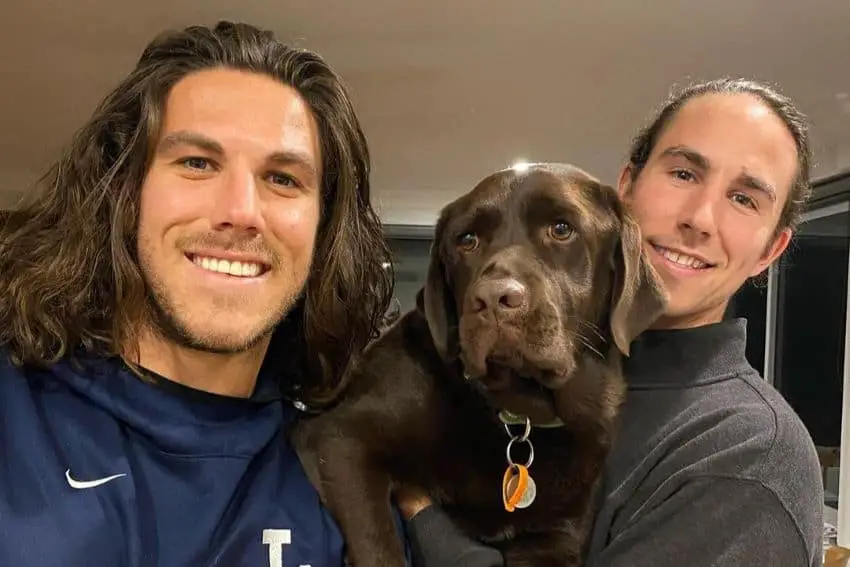Authorities on Thursday found more than 400 foreign migrants who were left “abandoned” in buses on a highway in the state of Veracruz.
The National Immigration Institute (INM) reported the discovery, saying in a statement that federal and state security forces located “407 foreign persons abandoned” in three tourist buses on the Minatitlán-Acayucan highway.
The foreigners were unable to demonstrate that they entered Mexico in a “regular” fashion, the INM said. Most migrants who enter Mexico irregularly do so at Mexico’s southern border with Guatemala.
The INM didn’t say why the 407 foreigners were abandoned on the highway in southern Veracruz or who was responsible for transporting them to the point where they were found.
The institute did note that the migrants are from seven countries: Guatemala, Ecuador, El Salvador, Cuba, Honduras, Nicaragua and the Dominican Republic.
A range of problems including crime and poverty afflict those countries.
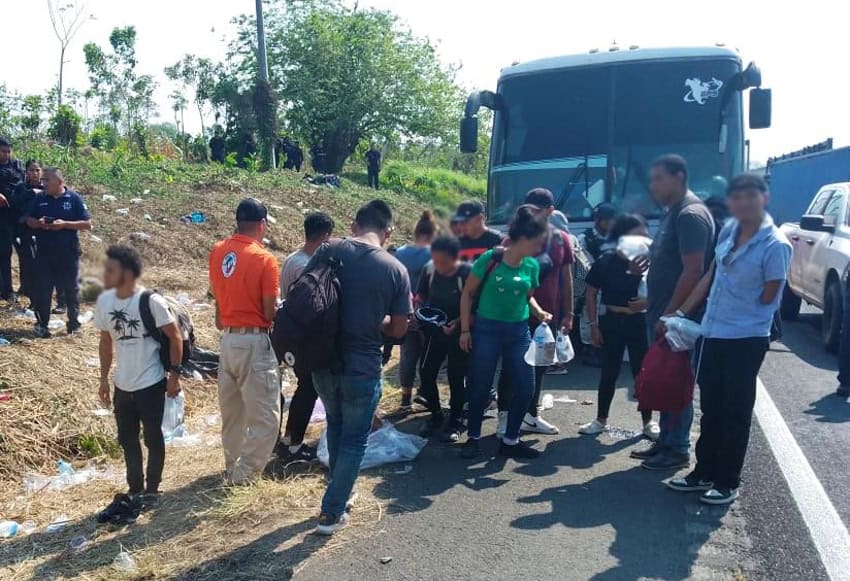
Of the 407 migrants, 264 were adults traveling on their own, 91 were traveling as part of a nuclear family and 52 were unaccompanied minors.
The adults traveling on their own were taken to an INM facility in Acayucan, a municipality in southern Veracruz, while the unaccompanied children and family members were taken to a shelter operated by the DIF family services agency.
The INM said that its personnel provided assistance to a pregnant Honduran woman, who, along with her daughter, was taken to the Cosoleacaque General Hospital. A “man” and “another person of Ecuadorian nationality” were taken to the same hospital, the institute said.
The INM concluded its statement noting that the “humanitarian rescue” was carried out “in strict compliance” with the human rights of the foreigners.
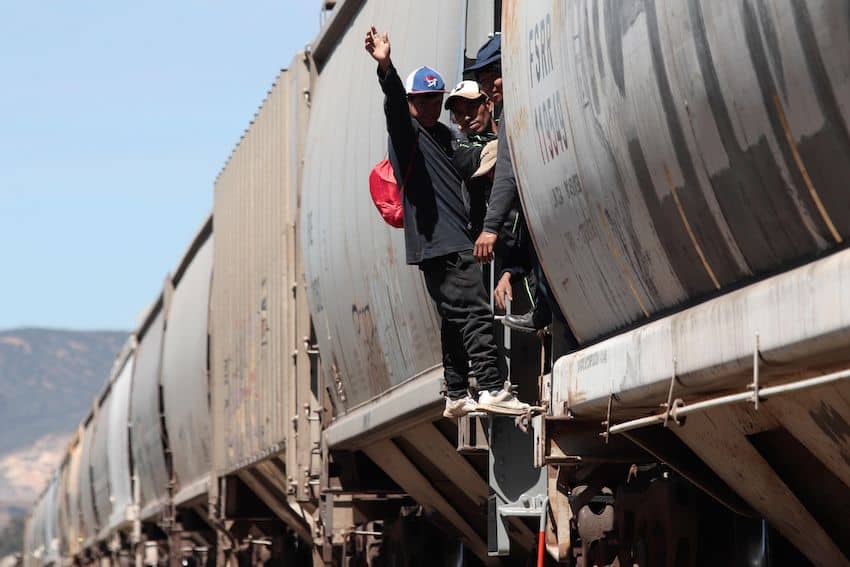
Immigration personnel have previously completed numerous so-called “rescues” of migrants who were abandoned on highways.
Migrants commonly travel in crowded conditions in tractor-trailers as they attempt to reach the Mexico-United States border. Some such trips end in tragedy, as was the case when a tractor-trailer crashed in Chiapas in late 2021, killing at least 55 migrants.
Migrants also travel in buses through Mexico, hitch rides on freight trains collectively known as “The Beast” and sometimes walk for days on end in large “caravans.”
Mexico uses security forces including the National Guard to stop and detain undocumented migrants as they move through the country, but many still manage to reach the northern border.
Migrant numbers surged in 2023, during which there was a total of 782,176 “encounters” between undocumented foreigners and authorities, according to the International Organization for Migration. That figure represented a 77% increase compared to the previous year.
Applications for asylum in Mexico also hit a record high last year. However, the United States remains the final intended destination for most migrants who enter Mexico.
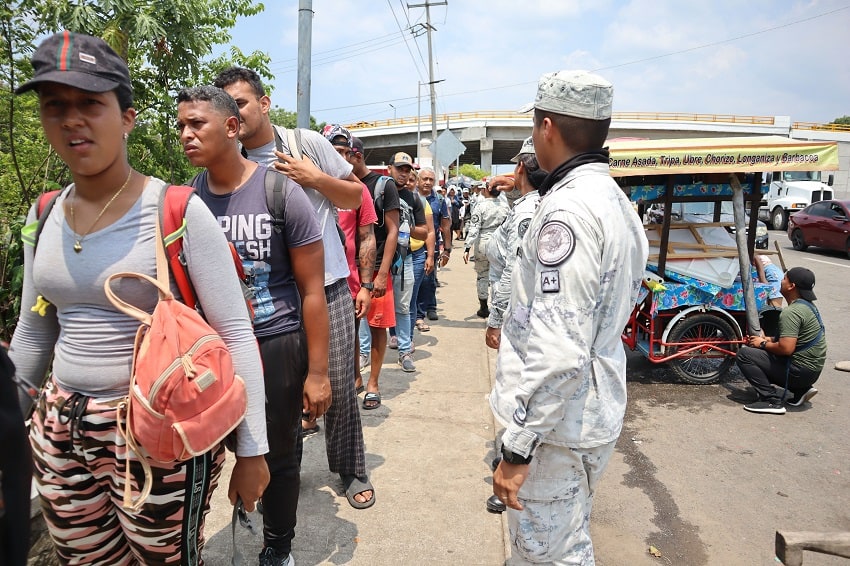
With large numbers of people entering the United States from Mexico between official ports of entry, the U.S. has pressured Mexico to do more to stop the flow of migrants to its northern border. For his part, President Andrés Manuel López Obrador has urged U.S. authorities to increase funding for development programs in countries from which large numbers of people are leaving.
However, there is evidence that the Mexican government is listening to its U.S. counterpart, with the Interior Ministry reporting in April that detentions of migrants increased by over 200% in January and February compared to the same months of last year.
Migration is set to be a major issue in the campaign ahead of the Nov. 5 presidential election in the United States, where both President Joe Biden and former president Donald Trump are seeking to return to the White House for a second term.
Mexico News Daily

